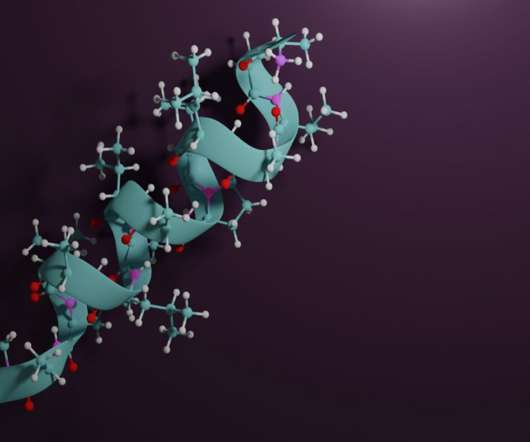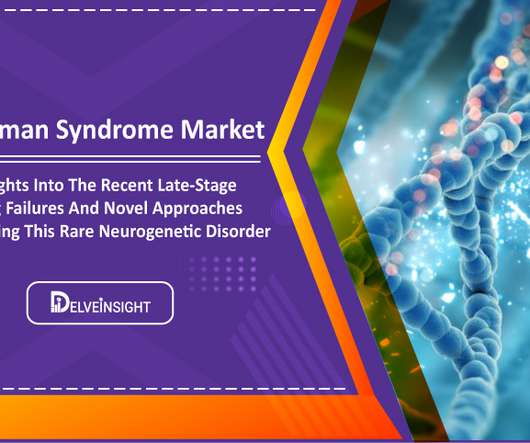Biologics – The Next Step in Revolutionary Medication
Roots Analysis
JANUARY 14, 2024
With the increased interest and gradual shift of investment from small molecule drugs to biologics and the establishment of several biologics manufacturing companies / biologics CMOs, more than 250 biologic therapies and vaccines have been developed, globally. They are different from small molecules in terms of their size and complexity.














Let's personalize your content